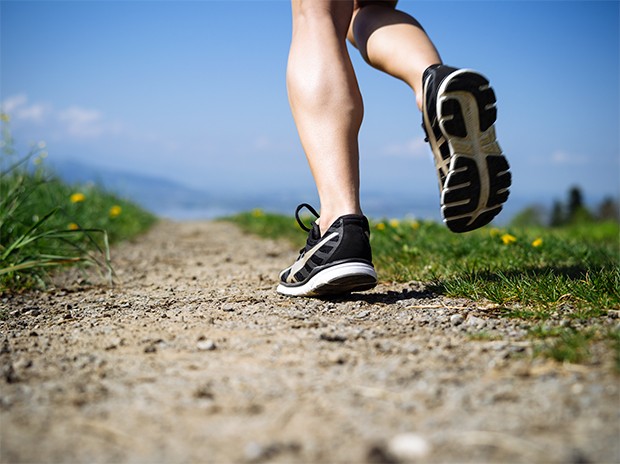Gimmicks aside, we can help our patients run faster and prevent injury, there’s just not a magical cure-all shoe to help do it. We would recommend plyometrics drills like box jumps, and spending more time in the weight room to become a stronger and more injury-free runner.
Myth #1: Running Shoes Prevent Injury
Myth #2: You Need to Shop for Your Foot Type
Myth #3: Energy Return Makes You Faster

Myth #1: Running Shoes Prevent Injury
Never has any research been able to indicate that a shoe can prevent injury. Shoe companies will throw their tech jargon at you about their shoes “aiding this” or “preventing that.” Sorry, simply not true.
Myth #2: You Need to Shop for Your Foot Type
You have been marketed at to believe overpronators need motion control, people with high arches need more cushion, and neutral runners should be in a more neutral shoe. Again, just marketing from people selling you their shoes. Actually the whole arch support idea has been disproven.
Myth #3: Energy Return Makes You Faster
I think the original article has it stated best, “No shoe, unless it has an engine in it, will ever return energy to the runner.” No material in this world at this time returns any energy back to your stride.
Read more at: http://www.medbridgeeducation.com/h/clinical-pearl-jay-dicharry-top-3-myths-in-running-shoes-fb



